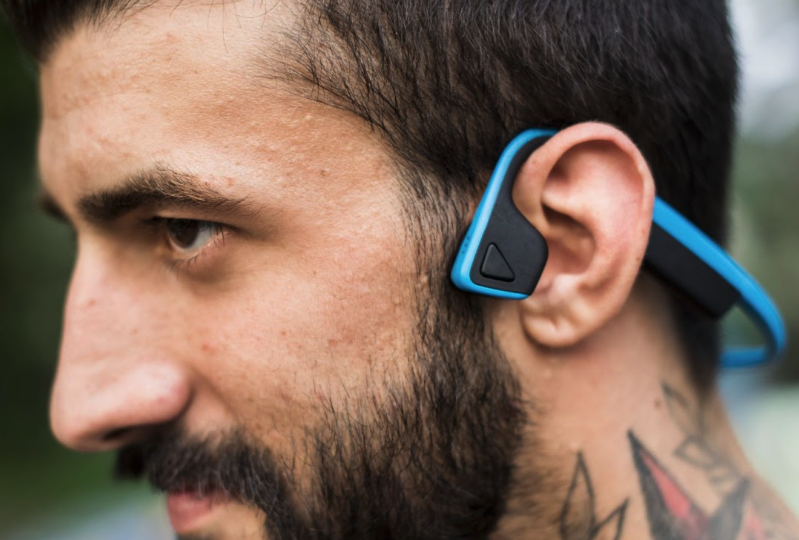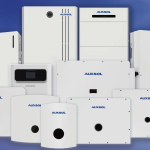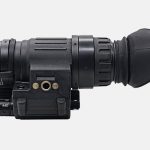Introduction
Long-term value is what separates tools professionals keep from the stuff that ends up in a drawer. Pilots and crew who fly regularly prefer the best aviation earplugs because they last and perform consistently.
Here’s the thing: a custom adapter is not a cosmetic upgrade. It changes fit, comfort, and predictability in a way disposable plugs cannot match. Over time those daily small gains add up into fewer replacements, less fatigue, and better cockpit performance.
Why the upfront cost makes sense
A custom adapter costs more at purchase, but it removes recurring headaches. Compare the price of repeated disposable packs over a year to a single professionally made adapter and the math becomes obvious. You pay once and get years of consistent fit and function.
If you’ve flown long rotations, you know how much time is lost adjusting ill-fitting plugs. Investing in the best earplugs for aircraft noise eliminates that lost attention because the seal is reliable every time.
Fit and consistency reduce hidden costs
When an earplug fits right, you stop touching it mid-flight. That has two practical effects. First, you maintain concentration. Second, you avoid the wear-and-tear that comes from repeated insertions and replacements. Custom adapters are molded to the ear, so the acoustic seal is consistent across flights.
Consistency lowers operational risk. Crews that use quality gear report fewer communication glitches and less need to bump up headset volume, which protects hearing and reduces long-term medical costs.
Durability and simple maintenance
Custom adapters tend to be made from tougher, skin-friendly materials that resist oils and sweat. They clean easily and retain shape after repeated sanitation. That durability means you replace them far less often than disposables.
Choosing the best aviation earplugs for your operation means you can set straightforward cleaning routines. When maintenance is simple, crews follow it. That keeps hygiene high and extends product life.
Comfort that keeps you using them
Comfort is not a luxury; it’s the reason gear gets consistent use. A plug that becomes painful after two hours ends up discarded. Custom adapters spread contact pressure and avoid sore spots. Pilots and cabin crew frequently say that well-fitted adapters feel “barely there,” and that freedom alone is worth the investment.
When comfort is high, compliance rises. The best earplugs for aircraft noise are the ones people actually wear, every flight.
Compatibility with headsets and workflow
Custom adapters can be tailored to work with the headsets you already use, which removes awkward pressure points and preserves microphone quality. That integration keeps headset gain at reasonable levels and avoids the cycle of turning up volume to compensate for poor fit.
For operations that standardize gear, choosing compatible adapters reduces training friction. Maintenance teams appreciate fewer surprise returns and complaints, and crews appreciate predictable performance.
Long-term cost analysis
Do the numbers. Add the cost of replacement earplugs over one, three, and five years. Factor in the value of time saved from not adjusting plugs, and estimate the reduction in headset wear from lower gain settings. For most active flyers, the break-even point for a custom adapter comes quickly.
Beyond pure dollars, consider non-monetary returns: fewer sick days from irritation or infections, less cumulative hearing loss risk, and steadier performance from less fatigue. Those benefits make custom adapters extremely cost-effective for professionals.
A real-world maintenance plan
Design a simple routine: wipe the adapter after each flight, store it in a protective case, and inspect for wear monthly. Replace tips or soft parts as recommended. Train crews on insertion technique so every user gets the same reliable seal.
When teams follow a basic maintenance plan, the adapters perform like new for years. That predictability is a core reason flight departments recommend investing in the best aviation earplugs and fitting solutions.
Why fleets standardize on custom solutions
Fleet managers who trial custom adapters usually do so because of the repeatability. When every crew member uses similarly performing gear, communication standards remain stable across flights. That consistency reduces variability in audio perception and simplifies troubleshooting when an anomaly arises.
Standardization helps procurement too. Buying a small number of reliable models at scale lowers per-unit cost and simplifies spare part inventory. That operational simplicity often seals the deal.
User experience and long-term satisfaction
People who switch to custom adapters often comment on the cumulative friction that disappears. No more fiddling before takeoff, no repeated requests for repeats during taxi, and no soreness after an overnight rotation. Those everyday improvements change how duty days feel and how crews perform.
That comfort and reliability keep people using the protection long-term, which is the final proof of value. The best earplugs for aircraft noise are the ones that become part of routine, not a nuisance you tolerate.
Conclusion
Investing once in a custom adapter pays off through durability, consistent protection, reduced fatigue, and fewer replacements. When you factor in time saved, improved communications, and healthier ears, the choice becomes clear. If you want protection that lasts, integrates with headsets, and earns trust across crews, consider moving from disposables to the best aviation earplugs and a fitting solution that’s designed for long-term use.







